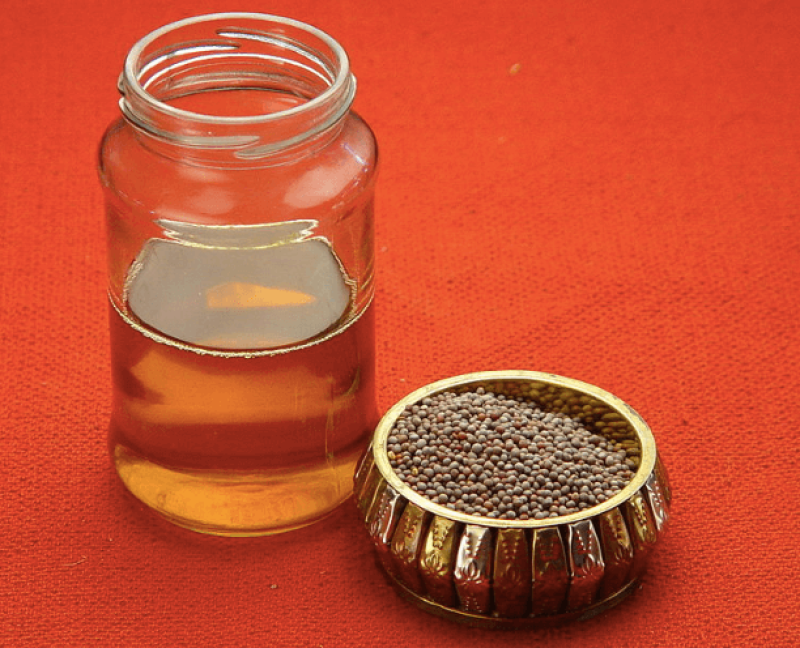Huge gains from biotech cotton commercialized [in India] two decades back notwithstanding, policymaking came to a standstill in terms of approving new biotech applications in agriculture, which negatively affects research, product releases, and productivity growth. The logjam in the issuance of regulatory approvals causes huge financial losses through foregone yield gains, ameliorating poverty, malnutrition and hidden hunger.
The government’s decision to move ahead on the much-delayed genetically modified mustard developed by the University of Delhi signifies a turnaround and bodes well for the country’s food system. Numerous tests over the last 20 years prove its safety for food, feed, and the environment in the Indian context. The resultant hybrid DMH-11 gives a yield advantage of 37% with the same level of inputs.
The debate on GM mustard is confined mostly to newspaper columns and opinions, though it has occasionally spilled over into academic journals too. On its part, the National Academy of Agricultural Sciences, New Delhi discussed it and resolved [in 2017] that GM mustard is safe.
Our analysis shows that the farming community will get 99% of the additional monetary gains, leaving only 1% to the seed companies. Establishing a hybrid seed production system through this approval is a breakthrough, and several new hybrids with higher yields and desirable characteristics might follow in the next few years that can lead to a turnaround in mustard production.































